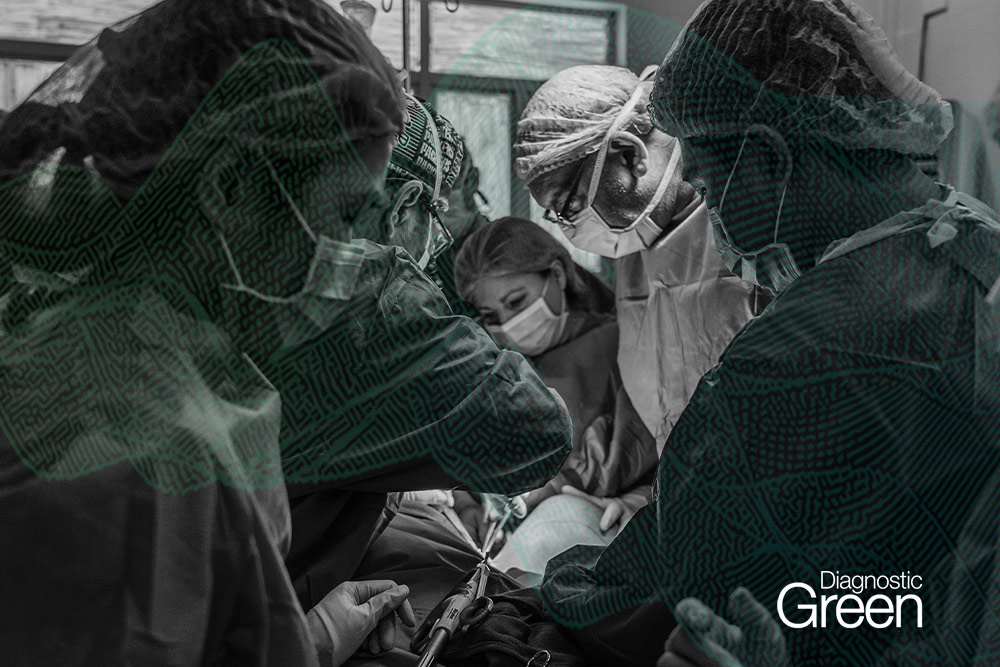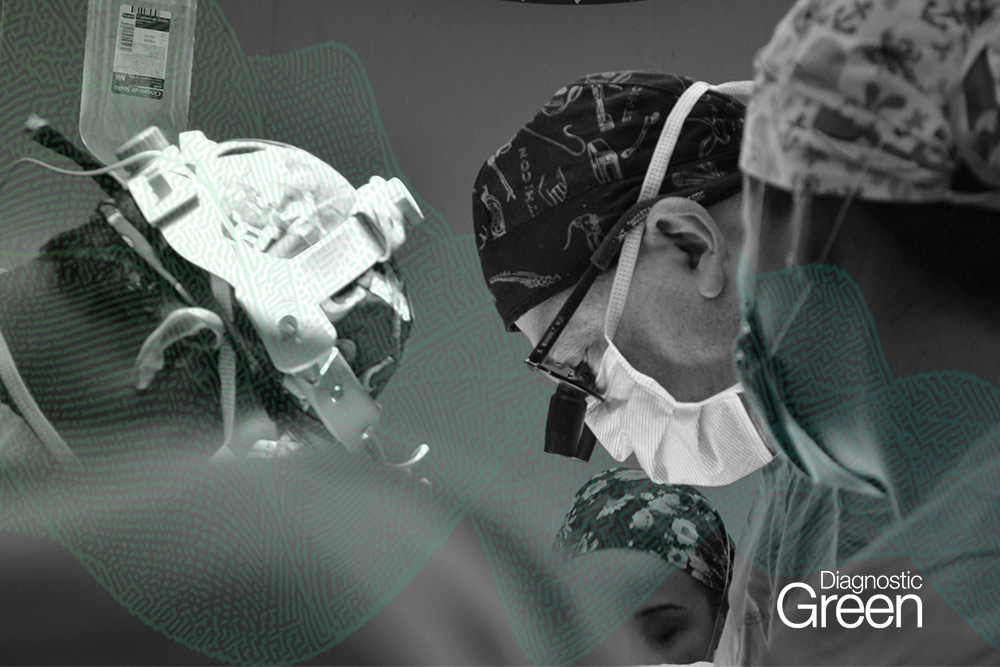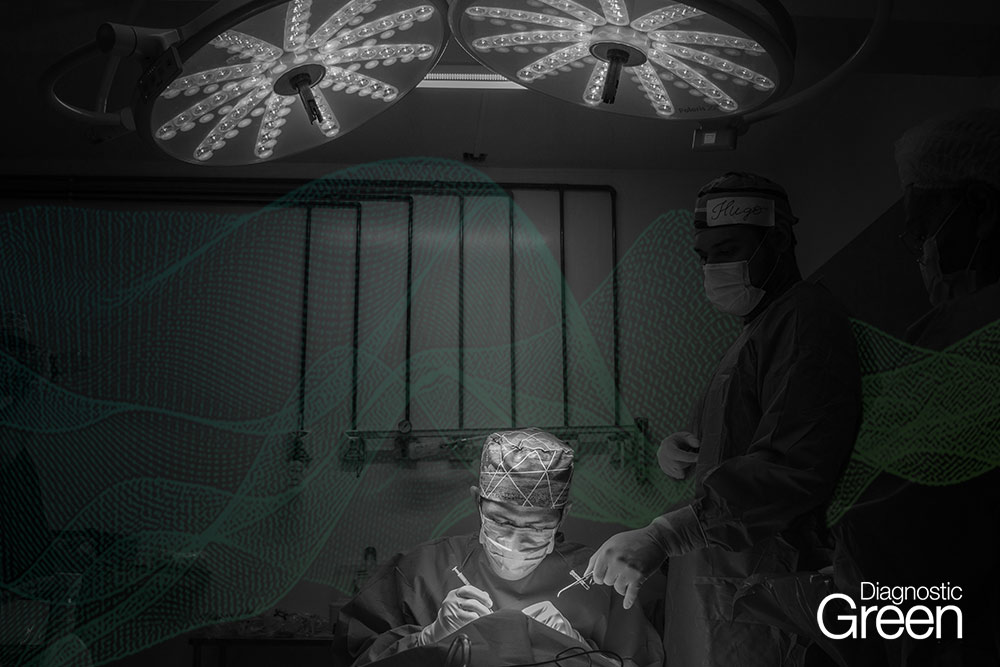Study evaluates Indocyanine Green Fluorescence Imaging’s (IGFI) role in assessing anastomotic blood supply during gastric cancer surgery, potentially reducing postoperative complications.
Continue readingVideo-Based Indocyanine Green Fluorescence Applied to Robotic Duodenum-Preserving Pancreatic Head Resection
Innovative robotic surgery using ICG fluorescence ensures safe duodenal preservation. Successful cases demonstrate feasibility and patient recovery.
Continue readingAssessing Parathyroid Gland Viability and Predicting Postoperative Hypoparathyroidism in Thyroid Surgery: The Utility of Indocyanine Green Angiography
Explore how indocyanine green angiography assesses parathyroid gland vascularization, correlating with postoperative hypoparathyroidism risk in thyroid surgery.
Continue readingEfficacy and outcome of indocyanine green-based intraoperative cholangiography using near-infrared fluorescence imaging: A prospective study
Explore the efficacy of near-infrared fluorescence imaging with indocyanine green for visualizing biliary anatomy in laparoscopic cholecystectomy. Results and outcomes revealed in this study.
Continue readingSafety and effectiveness of indocyanine green fluorescence imaging-guided laparoscopic hepatectomy for hepatic tumor: a systematic review and meta-analysis
Explore improved outcomes with indocyanine green-guided hepatectomy, featuring higher R0 resection rates and reduced blood transfusions in 959 patients.
Continue readingIndocyanine green fluorescence in gastrointestinal surgery: Appraisal of current evidence
Discover the evolving landscape of gastrointestinal surgery through indocyanine green fluorescence, exploring hepatobiliary applications, lymphangiography, and potential tumor detection.
Continue readingEvaluating Arterialized Vein in Thumb Replantation using Indocyanine Green Angiography: A Case Report
Explore how indocyanine green aids in assessing arterialization during thumb replantation, preventing venous congestion for improved perfusion outcomes
Continue readingReal-time fluorescence-guided adhesiolysis with indocyanine green in intra-abdominal surgery (with video)
Investigate the feasibility of Indocyanine Green (ICG) with near-infrared imaging for intra-abdominal adhesion detection. Discover real-time fluorescence guidance in surgical procedures for enhanced visibility.
Continue readingSentinel Lymph Node Evaluation in Early-Stage Vulvar Cancer
Explore the use of Sentinel Lymph Node Dissection (SLND) as a safer alternative to Inguinofemoral Lymph Node Dissection (IFLND) in early-stage vulvar cancer. Learn about the benefits, candidates, and evolving techniques
Continue readingRepair of Bile Duct Injury Using Indocyanine Green Following Laparoscopic Cholecystectomy
Explore the role of Indocyanine Green (ICG) in repairing bile duct injury post-cholecystectomy. Learn from a case where ICG was employed for safe biliary tract repair.
Continue reading









